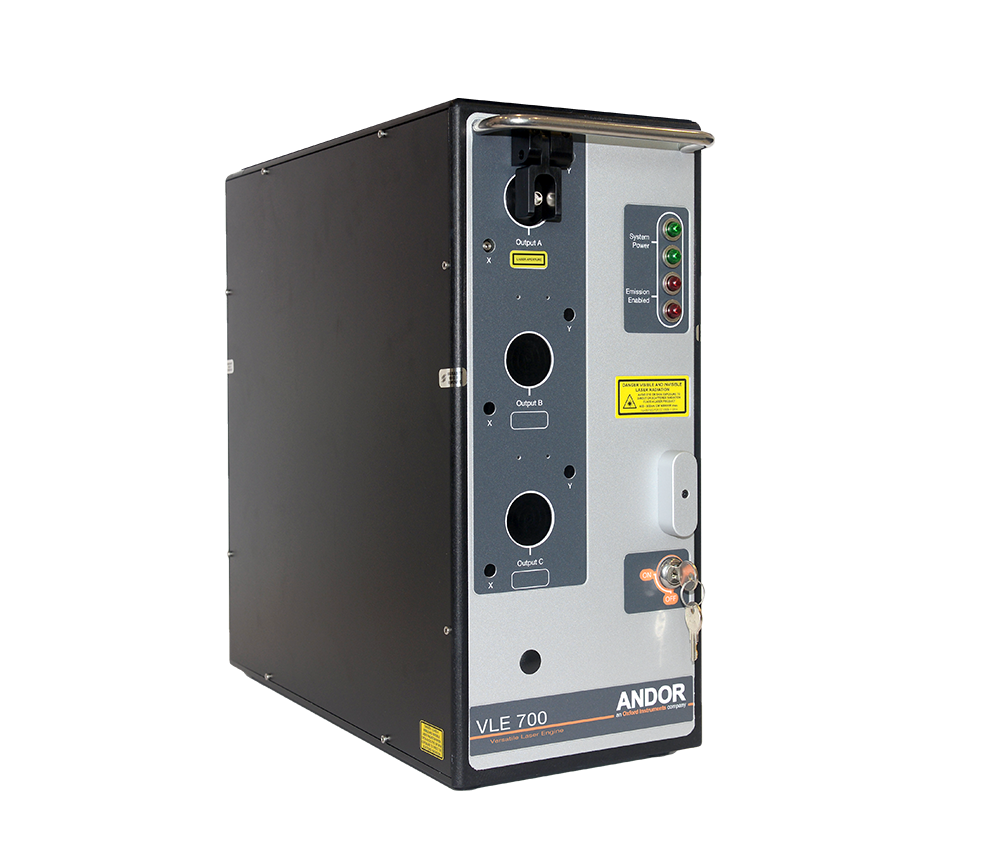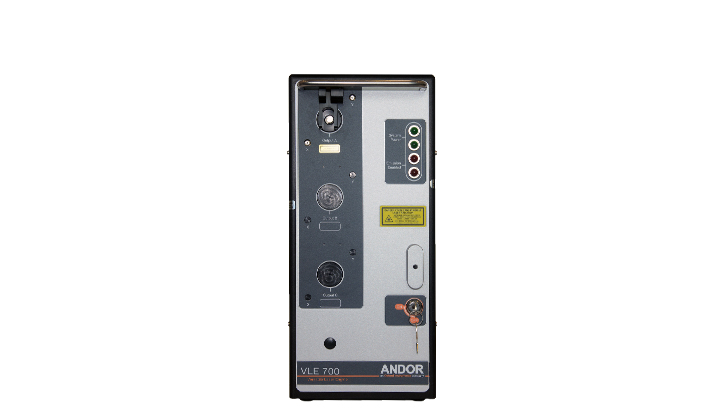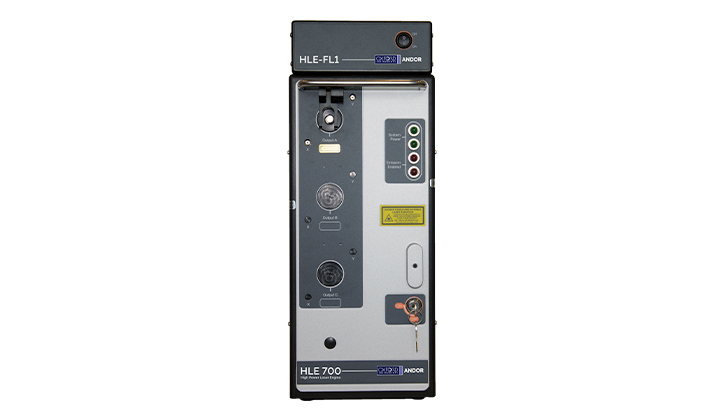Resources
 Part of the Oxford Instruments Group
Part of the Oxford Instruments Group
Expand
Collapse
Andor's laser engine portfolio offers exceptional quality within highly flexible devices. Each laser engine offers up to 10 lines from the UV to the NIR aiming to meet users' current and future needs. They accommodate a wide range of applications in life sciences from super resolution microscopy to long-term, gentle live imaging, TIRF and photostimulation.


| Technology | HLE | VLE |
| Confocal Microscopy | √ √ √ | √ √ √ |
| Widefield | √ √ √ | √ √ √ |
| SRRF-Stream | √ √ √ | √ √ √ |
| Live Cell Imaging | √ √ √ | √ √ √ |
| Borealis TIRF | √ √ √ | √ √ |
| Spatial Transcriptomics | √ √ √ | √ √ |
| Photostimulation (MicroPoint) | √ √ √ | √ √ |
| Photostimulation (Mosaic) | √ √ √ | - |
| SMLM - DNA Paint | √ √ √ | - |
| SMLM – dSTORM | √ √ √ | - |
New – Versatile and upgradable multiline laser source

Industry-Leading Power, Flexibility, Classic Wavelengths
